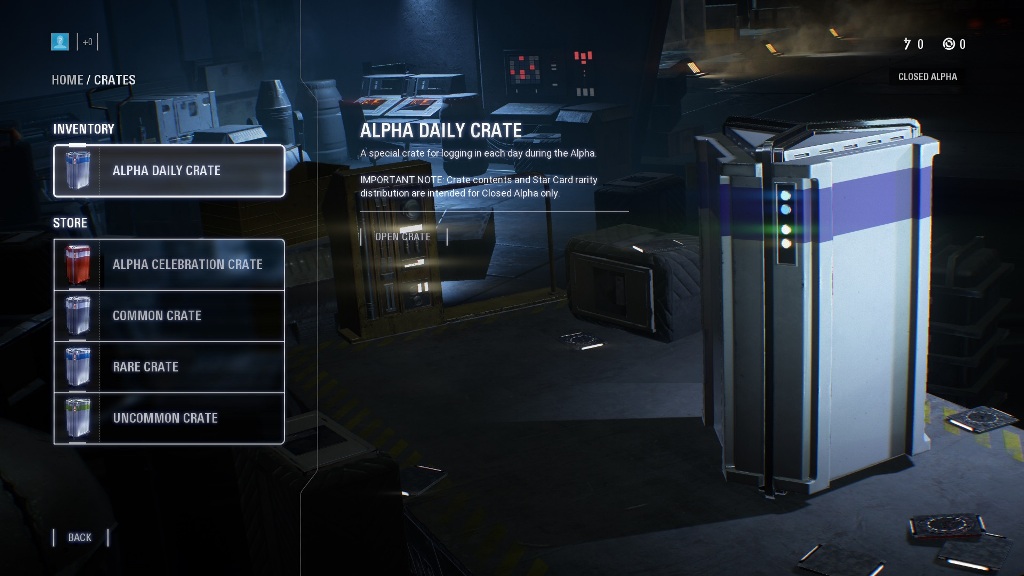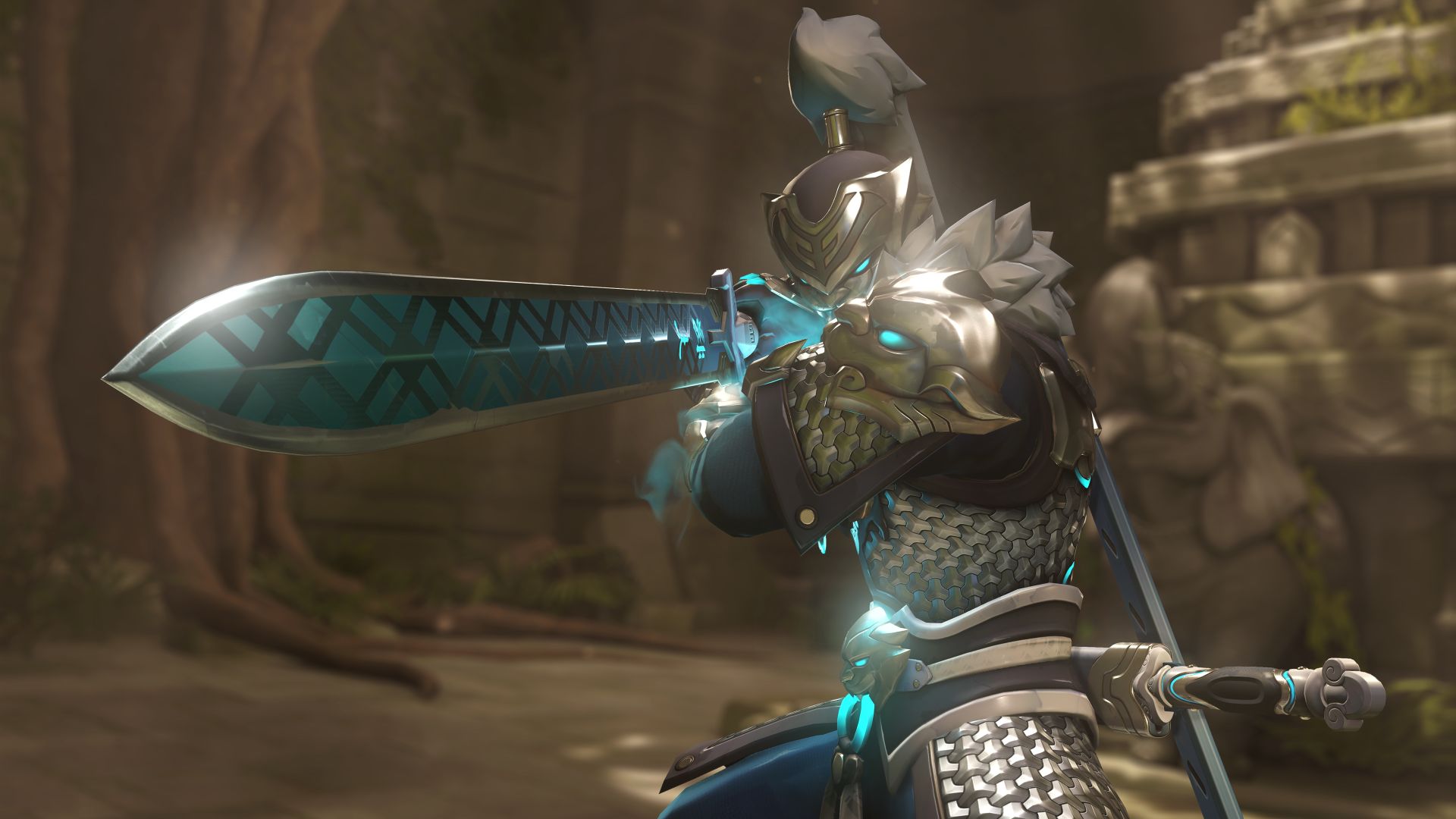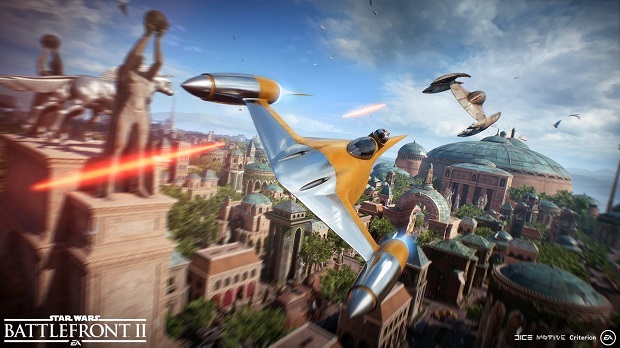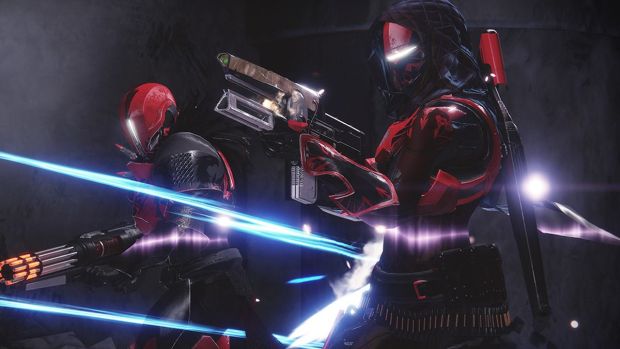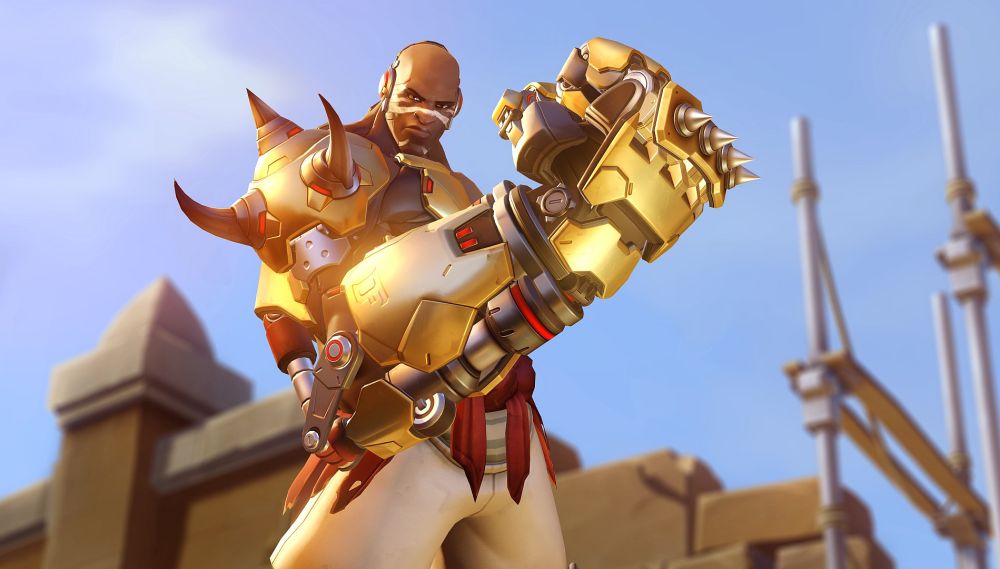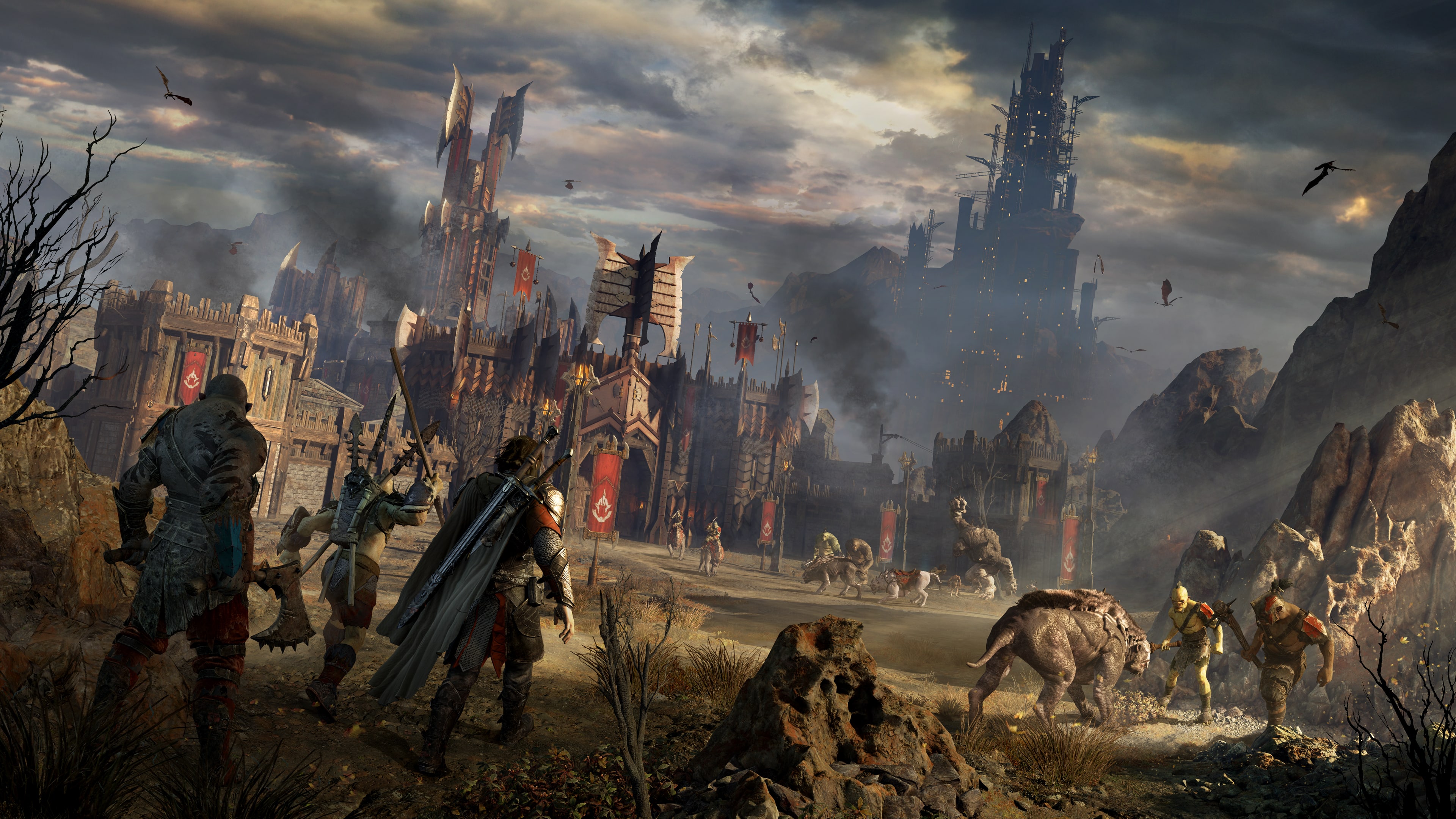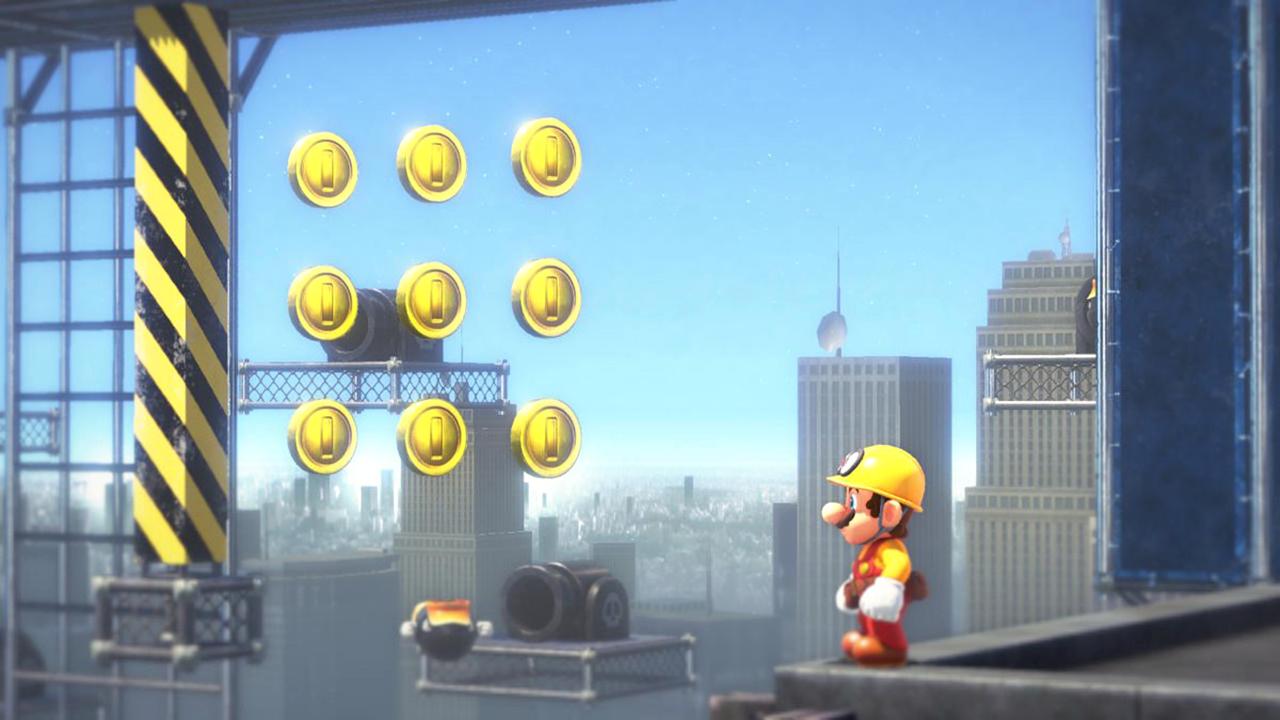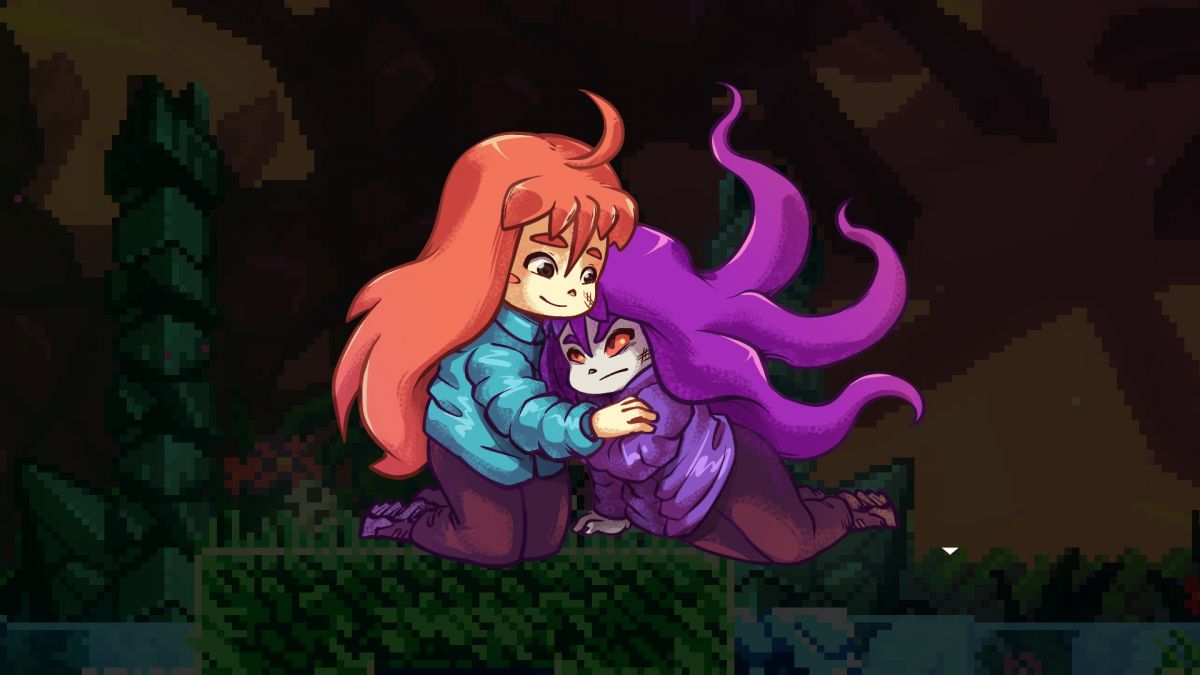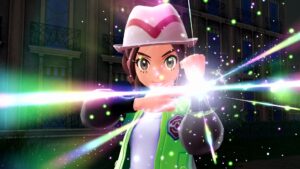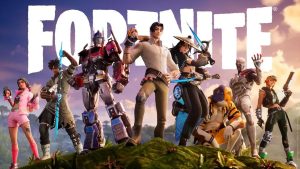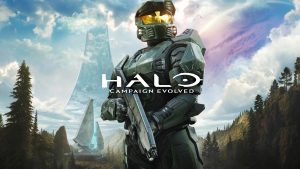
“Loot boxes are bad. Well, some loot boxes are bad. Throw in some guaranteed rewards with that free content. No, actually bring back season passes. Wait, if you keep it cosmetic, it’s all good.”
All these arguments and more have been heard about loot boxes. We know the drill – Star Wars Battlefront 2 is a terrible game because it gated key gameplay elements behind loot boxes. The game was then structured to encourage heaps of grinding – and that too on DICE’s terms to prevent players from getting too much free stuff and actually putting real money down.
"It’s still pretty lame to lock a chance at a guarantee for the highest tier of anything behind premium currency loot boxes."
It was a sordid state of affairs because it became perfectly obvious that it wasn’t working. Did some people fail to really have a mature conversation with the developer about the same? Well, sure but the fact that DICE appeared tone-deaf when the overwhelming feedback was that the system sucked didn’t help matters (Note: The progress system changes will be going live on March 21st. Read all about it here).
Middle-Earth: Shadow of War drummed up tons of controversy with its inclusion of loot boxes, primarily because this was a single-player game. Why are different followers and loot obtainable from these boxes which can be bought with real money? Even if the drop rate of quality loot is consistent throughout the game, why is the only guaranteed way to obtain Legendary Orc followers through chests purchasable with premium currency (at least at launch)? And make no mistake, even if you do provide Gold through in-game tasks, it’s still pretty lame to lock a chance at a guarantee for the highest tier of anything behind premium currency loot boxes.
Then we come to Destiny 2 which launched with consumable shaders and mods, a number of rewards locked behind the Eververse cash shop and the general look of armour (save for raid and Trials gear) being fairly underwhelming. That last point was speculated to be for the sake of equalizing all gear – meaning that players would be incentivized to pick up the Eververse gear for its looks. However, because all gear was fairly underpowered, Eververse gear wouldn’t offer any distinct advantages in terms of gameplay. Vice versa, normal gear wasn’t better either, thus reducing the game to a more collection-based effort than anything else.
"Star Wars Battlefront 2 sold half of the original (thus far) and Destiny 2, despite being the number 2 selling console game in North America, has seen its player base plummet dramatically since launch."
However, we then come to a game like Overwatch which built its very monetization model off the back of loot boxes. The risk that Blizzard took to lock no gameplay elements behind loot boxes, much less sell heroes and maps separately, was rewarded with the sheer amount of revenue they helped bring in. But even if you look at the game’s community and fan base, it seems fairly okay with the loot box format. Sure, there was furor over the Anniversary Event, primarily because (a) it only lasted for three weeks, (b) there were so many Legendaries that no one could feasibly buy them all with credits, and (c) the cosmetic pool became fairly stuffed, highlighting the glaring flaws of the old system’s duplicates and credit dispersal. However, Blizzard swiftly made changes and today, things are just dandy.
When you look at the above, it’s easy to look at the different ways that in-game monetization and micro-transactions were handled, and point to their successes and failings. Star Wars Battlefront 2 sold half of the original (thus far) and Destiny 2, despite being the number 2 selling console game in North America, has seen its player base plummet dramatically since launch. Overwatch, meanwhile, kept things “just cosmetic” and thrived with a developer that remains transparent (if a little odd with its balance changes).
Middle-Earth: Shadow of War doled out so much loot in the game itself that purchasing loot boxes for gear and Followers was ultimately unnecessary. I’m not going to pretend to comment on Shadow of War’s success in sales (since no official numbers really came out). However, I do know based on its placement in UK sales charts and the fact that it was the best selling game in October 2017 as per The NPD Group that it did well enough.
"The fact that the shooting and certain heroes, namely the Jedi, were fun to play with may have been the biggest contributors to whatever success Battlefront 2 has enjoyed thus far."
Now, it’s worth pointing out that aspects like developer transparency, reaction to feedback, marketing, etc. are important to a game’s success, especially in games with so much post-launch support like the above listed ones. However, I don’t think it’s just loot boxes that determine whether a game lives or dies. In fact, based on the above games, I think there is a pattern to the recent failures and successes of in-game monetization – the gameplay loop.
Star Wars Battlefront 2 kept many key multiplayer aspects behind its random loot boxes. When you look at the game itself, however, what were some of the key gameplay complaints to come out of it all? Galactic Assault and Starfighter Assault were praised for their scope and scale but map design felt poor in some instances. Modes like Strike and Heroes vs. Villains were either dull or imbalanced, the latter especially so since it hinged on the heroes/villains that players had unlocked. These aren’t the things that constitute the main gameplay loop though. In a game like Call of Duty, the main gameplay loop is leveling up, unlocking new weapons and attachments, completing challenges for different cosmetics on those weapons, Prestiging and so on.
In Star Wars Battlefront 2, you had the grind to collect enough credits for unlocking new heroes. Then you had an RNG element for garnering ability cards to properly augment those heroes. Apply this to weapons next, especially when factoring in multiple classes. The process of upgrading, crafting, recycling, earning credits, etc. was such a big mess and so convoluted to understand that the core gameplay loop became incredibly muddled.
The maps and modes already had their balance and design issues, not to mention severe technical issues like rubber-banding and lag. When the core gameplay loop is so badly implemented on top of this, what was there for players to fall back? The fact that the shooting and certain heroes, namely the Jedi, were fun to play with may have been the biggest contributors to whatever success Battlefront 2 has enjoyed thus far.
"The core gameplay loop in Destiny didn’t just rest on its gun-play. Players loved popping Supers, using their abilities and movement while abusing the mechanics that leveraged those things."
Let’s take another example in Destiny 2. The locking of items behind an Eververse pay-wall was annoying (though Bungie has taken steps to rectify this with the recent Crimson Days event). The removal of content like Heroic Strikes, perk customization, areas and raids from the first game, Record Books, Bounties, Strike scoring, entire PvP playlists (including the ability to select the PvP mode), Private Matches and whatnot is definitely something players came to hate as well. But when you look back on the days of Destiny 1, what was it that kept players going? Contrary to what you’d think, it wasn’t just “the grind”. It was the gameplay.
The core gameplay loop in Destiny didn’t just rest on its gun-play. Players loved popping Supers, using their abilities and movement while abusing the mechanics that leveraged those things. If a Strike was Void Burn, players would throw on their Voidwalker builds and Exotics to chuck endless grenades and Supers. Nothing Manacles, despite their later nerf, felt strong. Obsidian Mind, which gave you Super energy for your next Nova Bomb depending on enemies killed by the current Nova Bomb, felt strong. You could run with Shotguns and Sniper Rifles in one slot with Swords and Rocket Launchers in another, thus melting enemy mobs. Encounters with the right mix of modifiers felt exciting. Nightfalls were high-risk, high-reward (though loot drops were nearly always useless for veterans).
The movement abilities for Titans and Hunters from Titan skating to Triple Jump felt fun. There were things to chase, sure, but it’s easy to forget just how good even the average vendor loot could be. Random rolls incentivized players to discover exceptionally strong weapon combinations for either Crucible or PvE but it was the solid gameplay that kept them going through content droughts, raid glitches, terrible events and even a horrible launch year.
"By contrast, look at Overwatch. Blizzard has had its fair share of balancing issues with the game as of late but for the most part, the core gameplay loop still remains fun."
For Destiny 2, what did Bungie do? They removed all potent movement abilities, gave you two primary weapons while sticking the best weapons in the Power slot (while also limited the amount of Power ammo you got), limited the recharge rate of Supers and abilities, lowered the damage resistance and effectiveness of many Supers, lowered the damage of weapons in general (as evident in the high time to kill in Crucible) and made all loot bog standard, thus lending to underwhelming builds.
It’s not like powerful combinations didn’t exist in Destiny 2 but the changes to movement, weapon variety and power, class customization (already barebones in Destiny 1 compared to games like Borderlands 2) and the overall lowering of damage as a whole just killed the gameplay loop for players. So when players complain about the lack of a “power fantasy” or missing “hero moments”, it all ties back to the core gameplay and how lacklustre it currently feels.
By contrast, look at Overwatch. Blizzard has had its fair share of balancing issues with the game as of late but for the most part, the core gameplay loop still remains fun. When you pick up Pharah and rain rockets down on enemies, there’s nothing quite like it, especially when using Concussion Blast for that environmental kills. Flanking with Tactical Visor as Soldier 76, killing unsuspecting supports and wiping teams, is fun. Swiftly killing an enemy as Genji and chaining dashes feels great, as does deflecting Ultimates back at their owners.
"Even for a game like Middle-Earth: Shadow of War, you could argue that developer Monolith Productions gave players more of the same."
Overwatch feels immensely satisfying to play and the higher your skill, the more you get out of its heroes, even picks like Junkrat can be fairly strong despite their low skill requirement. The map design, despite how hit and miss the new ones have been, is still pretty good overall. New fun modes like Junkenstein’s Revenge, the recently revamped Capture the Flag, zero gravity 6v6, FFA Deathmatch in Château Guillard and so further leverage that gameplay loop in entertaining ways. There are moments of heroism, like nailing that jump shot into a triple kill as Widowmaker, along with comedic moments such as a knocking someone off of Lijiang Tower as Lucio.
There have been balance problems, of course. Mercy’s Valkyrie and Resurrect abilities have been the subject of numerous buffs and nerfs over the past few months. The triple/quad tank meta proved fairly boring. Heroes like D.Va, Ana and Roadhog proved to be too effective overall rather than in specific roles and had to be heavily adjusted. The Sudden Death and Coin-flip mechanics in Competitive were baffling. Competitive matchmaking as a whole, toxicity, how Blizzard deals with one-trick players who refuse to switch, the amount of time it takes to balance certain heroes, and so on are significant annoyances for players that shouldn’t be ignored. But the core gameplay loop of Overwatch, that balance between teamwork and individual skill, between killing and playing the objective, and all the strategies that can exist in between still remains. It’s also extremely fun.
Even for a game like Middle-Earth: Shadow of War, you could argue that developer Monolith Productions gave players more of the same. There were more Orcs to battle, more Nemeses to make, larger scale fights…just more of everything. A lot of it could have been streamlined like the end-game Shadow Wars that are significantly grindy but overall, the gameplay loop is incredibly satisfying. Infiltrate camps, garner more Followers, kill some Orcs, discover great gear, maybe hop on a Stormdrake and rain fiery death down, repeat. The game was railed on for its micro-transactions at launch but many reviewers agreed that the overall structure and gameplay was pretty good.
"It’s amazing how a game like Overwatch still remains so popular despite so many players purportedly swearing it off due to matchmaking issues, toxicity, and whatnot."
It seems that players, both hardcore and casual, can be turned off from game when its gameplay loops are so severely disturbed. That’s why major buffs and nerfs can often influence participation amongst the hardest of the hardcore. However, the basic gameplay loop that’s helped so many games with significant post-launch support survive is this: Easy to get into but fairly complex to master. There should be something a player can strive towards, where their mastery of specific builds, skills, characters, weapons and so on is rewarded. Whether that’s in the form of more awesome loot, fun gameplay, wide-spread destruction, a feeling of pride and accomplishment, etc. falls on the developers.
I’m not trying to say this applies to all games with monetization practices nor that these are the absolute reasons why the above games succeeded or failed so don’t take my words for granted. However, it is funny how a game like Destiny 1 with in-game purchases could still be so loved even as the Eververse grew exceptionally egregious as time passed while Destiny 2 is outright rejected despite having more “content”. It’s amazing how a game like Overwatch still remains so popular despite so many players purportedly swearing it off due to matchmaking issues, toxicity, and whatnot.
It’s incredible that a game like Warframe can continue to exist with its various methods of monetization and gameplay loops despite its most significant issue being the lack of a challenging, fulfilling end-game for hardcore players (like the equivalent of Diablo 3’s Greater Rift 70+ endgame). Enough has been said about Fortnite: Battle Royale’s continuous rise from the fair handling of monetization to the core gameplay that rewards skill and understanding of mechanics.
"Not every game is destined to be a success or the next PUBG, Fortnite: Battle Royale or Minecraft."
Maybe it isn’t as simple as “Make a good game that’s simple to approach but has some depth which takes time to master”. And really, it’s not. There’s certainly a combination of factors like graphics, marketing, word of mouth, advertisement, etc. that goes into it as well. The fact that games like Super Mario Odyssey, The Legend of Zelda: Breath of the Wild, Persona 5, Nioh, Nier: Automata, Divinity: Original Sin 2, Monster Hunter World, Hellblade: Senua’s Sacrifice, Bloodborne, Rocket League, ARMS, Path of Exile and Halo 5: Guardians have all seen their share of success depends on a variety of factors. Not every game is destined to be a success or the next PUBG, Fortnite: Battle Royale or Minecraft.
But the above games all have one thing in common – they have a gameplay loop that’s well executed and fun to play. You may remember the amazing narrative of Hellblade: Senua’s Sacrifice and Nier: Automata or the well-written characters and combat from Divinity: Original Sin 2. You may have loved the open world of Breath of the Wild or the sheer nostalgia of Super Mario Odyssey. Regardless, at the end of the day, those games had solid loops that ensnared and kept you coming back for more.
Yes, even Halo 5: Guardians which was “ruined” by micro-transactions still has a strong player base even if it’s not the perfect Halo gameplay loop that hardcore fans loved. Meanwhile, Call of Duty: Infinite Warfare saw lower sales not just because of its theme but because the core multiplayer gameplay just wasn’t good enough for fans. Meanwhile, a year later, Call of Duty: WW2 is the best selling console games in North America. Something’s got to give.
"Much as people want to rage against microtransactions and loot boxes, they can back the continued support of a stellar game or franchise if done right."
Again, not every game can be successful or retain a player base simply due to strong gameplay loops. If that were the case, then titles like Celeste, The Red Strings Club, Pyre, Hollow Knight and a bunch of other indie titles would supersede the triple A titles. They don’t, sadly, and that’s something that often comes down to personal preference for the kind of gameplay loop that a player wants. You can make a game as approachable as possible but if it’s not someone’s preferred genre or style of gameplay, they just won’t go for it. Once again, there are plenty other factors involved so don’t take it as the definitive guide for what makes a game successful.
However, there is some hope that companies can resolve elements like monetization with strong gameplay loops. Much as people want to rage against microtransactions and loot boxes, they can back the continued support of a stellar game or franchise if done right. That’s the ideal situation though. I also feel that the day a company nails the best possible gameplay loop and offers various other bonuses like transparency, quick fixes for bugs and strong post-launch content that in-game purchases could go through the roof. Fortnite: Battle Royale has a strong grasp of this formula but remains free and keeps its microtransactions fairly within the bounds. There’s a balance to be obtained in all of this case but suffice to say, the games industry will have to suffer a number of other upheavals before it finally gets there.
Note: The views expressed in this article are those of the author and do not necessarily represent the views of, and should not be attributed to GamingBolt as an organization.








